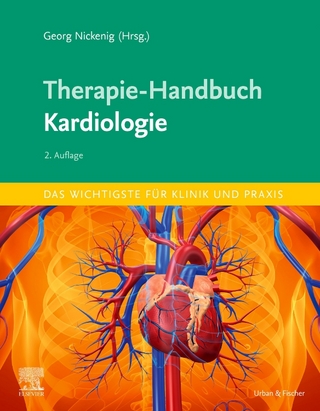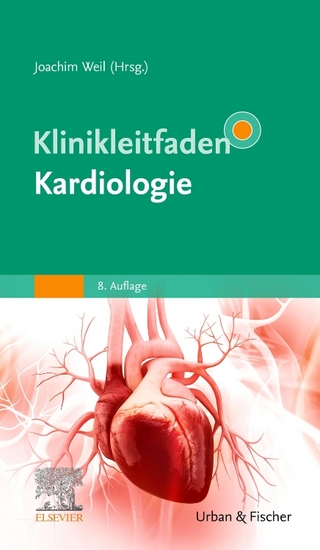
Cellular Fatty Acid-Binding Proteins II
Springer (Verlag)
978-0-7923-2395-2 (ISBN)
The cellular functions of lipid-transport proteins cannot can be obtained, as well as structural information re- garding the local environment of the spectroscopic be fully realized without a comprehensive knowledge of probe. However, changes in protein fluorescence upon their binding properties. In particular, it is important to identify physiologically important ligands and establish ligand binding are sometimes too small to quantitate. their binding affinities, stoichiometries and specificities. This is particularly true for L-FABP, which has no tryp- Since many lipid-binding proteins exhibit no enzymatic tophan residues. Also, some lipids lack intrinsic fluores- cence or paramagnetic properties, including many lipids activity, binding parameters provide an important quan- titative measure for comparing the 'activity' of various of physiological interest. In such cases, lipid analogues wild-type and mutant forms. For this purpose, binding containing structure-perturbing anthroylxoxy or doxyl assays that are quantitative, accurate and robust are de- probes are required. Lipids that do have intrinsic fluor- sirable. escence, such as parinaric acid, are labile and prone to For the intracellular fatty acid- and lipid-binding pro- oxidation.
The binding of native ligands can be moni- teins, a variety of biochemical and biophysical binding tored by isotope-directed NMR techniques, provided assays have been used. The biochemical assays include that enrichment with 13C or another suitable isotope is those based on gel-filtration [1-3], equilibrium dialysis feasible. Although such NMR methods are useful for de- [4], Lipidex [5,6] and liposomes [7].
Preface.- High resolution X-ray studies of mammalian intestinal and muscle fatty acid-binding proteins provide an opportunity for defining the chemical nature of fatty acid: protein interactions.- Solution structure of bovine heart fatty acid-binding protein (H-FABPc).- Involvement of arginine in the binding of heme and fatty acids to fatty acid-binding protein from bovine liver.- Titration calorimetry as a binding assay for lipid-binding proteins.- Identification of high affinity membrane-bound fatty acid-binding proteins using a photoreactive fatty acid.- Diversity of fatty acid-binding protein structure and function: studies with fluorescent ligands.- Genome organization and expression of the rat ACBP gene family.- Regulation of transcription factor mRNA accumulation during 3T3-L1 preadipocyte differentiation by antagonists of adipogenesis.- Expression of rat L-FABP in mouse fibroblasts: role in fat absorption.- Research of an in vitro model to study the expression of fatty acid-binding proteins in the small intestine.- Mechanisms of regulation of liver fatty acid-binding protein.- Fatty acid-binding protein and its relation to fatty acid oxidation.- Modulation of fatty acid-binding protein content of adult rat heart in response to chronic changes in plasma lipid levels.- Expression and localization of intestinal 15 kDa protein in the rat.- Retinal FABP principally localizes to neurons and not to glial cells.- The function of acyl-CoA-binding protein (ACBP)/Diazepam binding inhibitor (DBI).- Purification and partial characterisation of an ?-tocopherol-binding protein from rabbit heart cytosol.- Role of fatty acid-binding protein in lipid metabolism of insect flight muscle.- Developmental changes of FABP concentration, expression, and intracellular distribution inlocust flight muscle.- Characterization of the nonspecific lipid transfer protein EP2 from carrot (Daucus carota L.).- Significance of cytoplasmic fatty acid-binding protein for the ischemic heart.- Release of fatty acid-binding protein and long chain fatty acids from isolated rat heart after ischemia and subsequent calcium paradox.- Fatty acid-binding proteinuria diagnoses myocardial infarction in the rat.- Cellular binding proteins for fatty acids and retinoids: similar or specialized functions.
| Erscheint lt. Verlag | 31.10.1993 |
|---|---|
| Reihe/Serie | Developments in Molecular and Cellular Biochemistry ; 10 |
| Zusatzinfo | VI, 205 p. |
| Verlagsort | Dordrecht |
| Sprache | englisch |
| Maße | 210 x 297 mm |
| Themenwelt | Medizinische Fachgebiete ► Innere Medizin ► Kardiologie / Angiologie |
| Naturwissenschaften ► Biologie ► Biochemie | |
| Naturwissenschaften ► Biologie ► Zellbiologie | |
| ISBN-10 | 0-7923-2395-5 / 0792323955 |
| ISBN-13 | 978-0-7923-2395-2 / 9780792323952 |
| Zustand | Neuware |
| Informationen gemäß Produktsicherheitsverordnung (GPSR) | |
| Haben Sie eine Frage zum Produkt? |
aus dem Bereich


